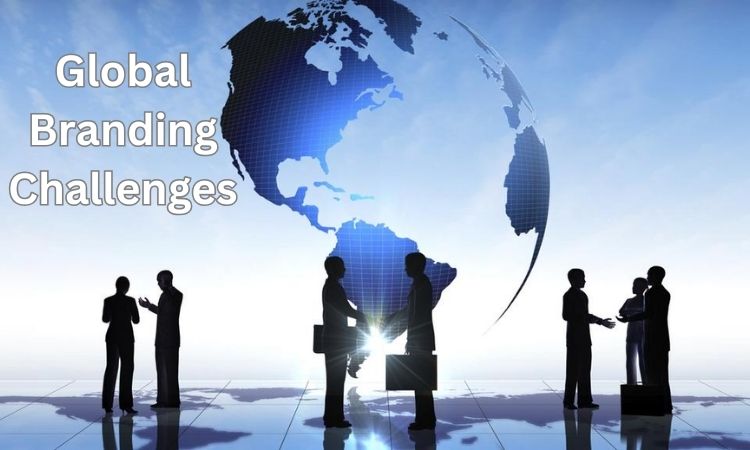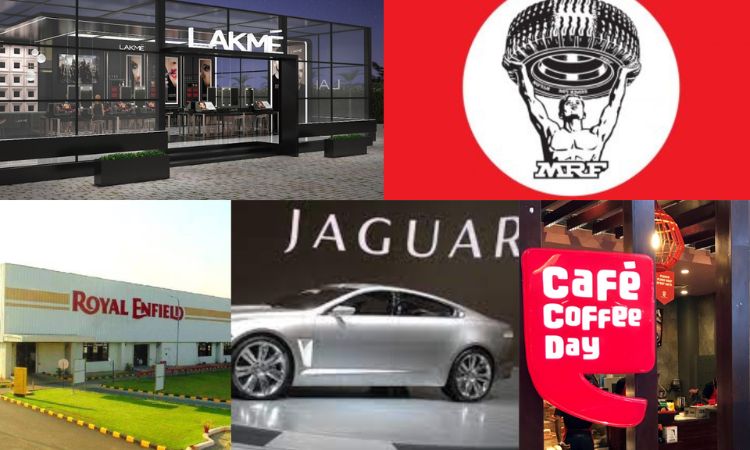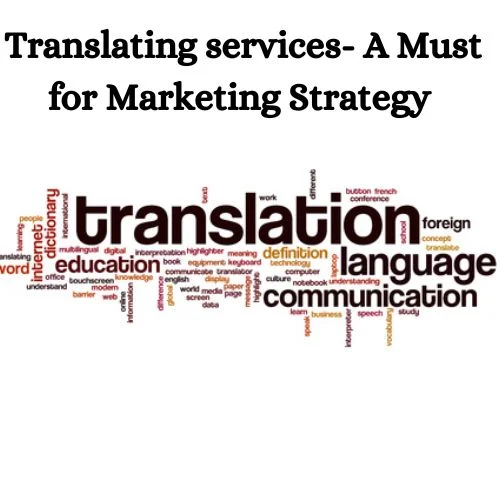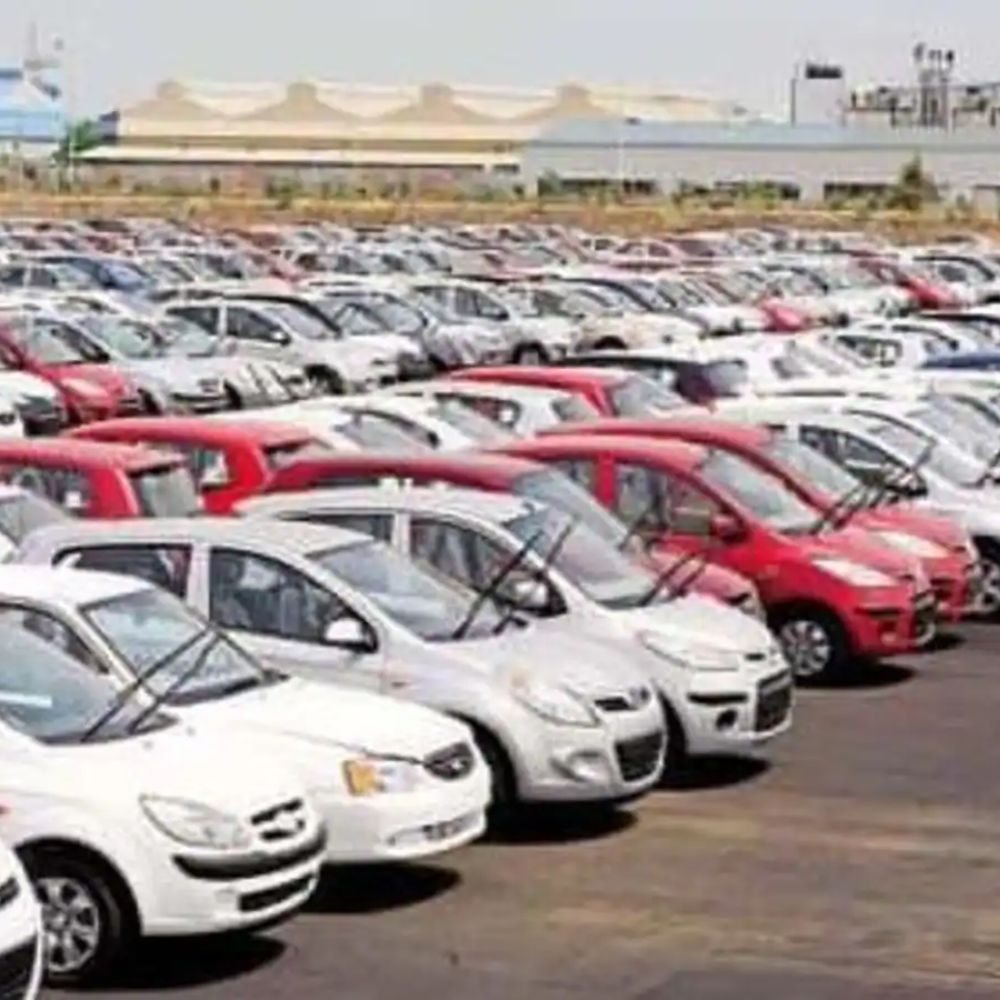Creating a worldwide brand like Apple, McDonald’s, or Amazon might seem difficult, but even small local firms may flourish. The internet, global delivery, and multiple communication methods have helped to close the gaps. The pandemic in 2022 was unable to halt this tendency. Every company may now target across the globe as a market. Global branding, on the other hand, is neither cheap nor simple.

Let us explore the term of global branding, its opportunities and challenges , and some noteworthy instances of successful international branding. We may obtain a better knowledge of global branding’s potential influence and problems by going deeper into its definition, comprehending its prospects and limitations, and evaluating real-world instances.
What exactly is global branding?
The oversight of a brand across several nations while maintaining a similar mission, personality, appearance, and feel is referred to as global branding. To change a local brand into a worldwide one, strategic planning, development, positioning, and advertising are required.
A global brand is defined as follows :
A global brand is one that is well-known around the world or in substantial sections of it. These businesses use a united approach to global brand strategy in order to strengthen their market power and awareness and grow into new territories.
Some multinational brands use a uniform strategy, implementing the same rules and practises in all countries. Others, on the contrar, tailor their brand identification, packaging, and even product flavours to the culture and tastes of the local market. For example, Lay’s potato chips, which are based in the United States, are sold under multiple names and have varied flavours depending on the region, taking cultural variations and language subtleties into account.
Businesses may effectively negotiate the hurdles of growing their brand presence across borders by knowing the concepts and variances of global branding.
Making modifications to adapt to diverse markets is critical when it comes to global branding.
Over forty percent of internet users opt to make purchases from websites that are in their local language. Even among those who are fluent in many languages, more than 60% prefer to make purchases in their native tongue. Nearly 50% of users feel that they might miss important information if content is not in their native language, leading to a lack of trust in the brand.
Localization is essential because it helps meet customer demands and provides a range of benefits like:
- Builds transparent relationships with customers.
- Inspires trust and loyalty.
- Enhances the credibility of your brand.
- Creates products that resonate with the target market, eliciting the desired emotions.
Localization also offers several practical advantages:
- Enables rapid market entry.
- Provides unique and tailored local experiences for global users.
- Facilitates quick and flexible product deployment.
- Helps overcome cultural barriers and avoid misunderstandings that could have negative consequences.
- Reduces unexpected problems, increases engagement, widens the target market, and opens up new possibilities.
- It eventually leads to increased consumer satisfaction and faster brand growth.
While localization is popular, there is another option: standardisation. Some businesses, such as McDonald‘s, Starbucks, and KFC, use a worldwide standardisation approach. While it provides convenience, uniformity, and cost savings, it can also provide difficulties owing to cultural differences and customs, thereby undercutting efforts.
In practical terms, a mix of standardisation and localisation is frequently the most effective.
Reasons to Expand Globally:

When it comes to global branding, it’s critical to have convincing reasons to go on this difficult trip. Here are some reasons why you should seek global branding:
- Local Success: If a business is currently having a strong presence in the local market, going worldwide might be a logical next step. Building local successes can give a solid basis for global growth.
- Market Overgrowth: When your business experiences significant growth and saturates the local market, seeking new opportunities abroad becomes a logical step. Going global helps you to reach unexplored markets and a larger consumer base.
- Launch of a New Product: The introduction of a new product intended exclusively for the worldwide market might be a convincing cause to embrace global branding. Expanding globally might be a wise step if the product fulfils a need or satisfies a demand in the global marketplace.
- Competitive edge: Global branding can give a competitive advantage over firms that just operate in their home markets. It can distinguish a brand, capitalise on unique offerings, and obtain position as a worldwide player.
- Availability of Resources: If you have the appropriate resources, such as financial capital, human skill, or manufacturing capabilities, expanding your sphere of influence worldwide might be an appealing alternative. Effective resource utilisation can pave the road for successful global expansion.
- Expansion of consumer Base: Going global allows you to reach a broader consumer base. You may attract and service clients from varied origins, cultures, and demographics by targeting new markets and reaching worldwide audiences.
- Financial Growth: Ultimately, increasing revenue and profitability is one of the key reasons for global branding. By expanding your worldwide presence and entering new areas, you may tap into new streams of income and perhaps achieve greater financial success.
Global Branding Opportunities and Challenges
Businesses may increase their reach and enter new areas by utilising global branding. However, before going on this road, it is critical to grasp the potential and challenges involved with global branding.
Opportunities

Developing a big Competitive edge:
Global branding gives organisations a big competitive edge. Products and services that get worldwide exposure become more attractive when compared to competitors. This increases client loyalty, creates a large fan following, and improves the company’s credibility and reputation.
Significantly Broadening the Target Market:
Global branding enables firms to access a larger target market. Through word-of-mouth promotion and social media buzz, expanding the consumer base boosts revenue potential and supports organic development.
Increasing Customer Awareness:
Successful worldwide branding campaigns raise customer awareness. Building brand equity, cultivating consumer loyalty, and improving brand recognition all lead to increased customer awareness. As a result, conversion rates and client retention improve.
Increasing Brand Value:
Global branding increases brand value by establishing trust and positioning the company as a dependable market participant. A high brand value elicits an emotional response from customers, distinguishes the company from competitors, and attracts potential investors.
Offering Stability:
Participating in global branding projects provides stability by encouraging organisations to be aware of market swings and to respond fast. This consistency strengthens the brand’s reputation and fosters dependable and trustworthy consumer connections.
High revenue:
By extending the consumer base and raising conversion rates, global branding has the potential to produce high income. Effective global branding strategies have a substantial impact on revenue growth and influence decision-making.
Cost Savings:
Global branding helps organisations to save money by identifying universal solutions that meet the demands of their customers. Standardised advertising and digital marketing techniques save costs, and a strong brand identity attracts talented people, lowering onboarding and training costs.
Product and Company Enhancement:
By satisfying universal consumer demands, global branding fosters product and company enhancement. Improved customer experiences, ergonomic designs, and a focus on high-potential goods or services result from this. Following global standards improves product quality and customer-brand interactions.
Exploring New Markets and Understanding Their wants:
Global branding creates new growth prospects by exploring new markets and understanding their wants. Businesses may use this information to determine places where their products would thrive and extend their product line accordingly.
Challenges

Financial Risk:
Globalizing a brand incurs significant expenditures, particularly when launching a business in new areas or nations. Despite some early do-it-yourself initiatives, such as social media campaigns, professional experience is frequently required. Significant resources are required for research, analysis, planning, and strategy formulation, and there is a danger that the costs may not provide a favourable return on investment.
It Is a Time-consuming Process:
Global branding is a constant and changing process that can last several years. Businesses must be prepared for the problems they will face along the way and remain committed to their objectives in the face of probable setbacks.
Legal Concerns:
Operating in multiple nations necessitates compliance with diverse laws and regulations. Ignoring or disregarding these regulatory standards can result in serious penalties, including financial losses and brand reputation harm. Overcoming legal obstacles and comprehending local regulations may be time-consuming and costly, slowing globalisation.
Localization
Localization is an important part of global branding. It entails modifying the brand to resonate with the local culture, habits, and trends, which goes beyond basic translation. Effective localization may be complicated, time-consuming, and may include changes to the entire strategy and campaigns.
Increased Competition:
Global expansion entails entering markets where rivals may already be present. Businesses must engage in thorough market research and analysis in order to comprehend the competitive environment and design strategies to overcome new competitors.
Local Economy:
The local economy has a large impact on branding strategy, especially price policies. Businesses may need to change their price to stay competitive and fulfill the local budget. This may include lowering pricing in some places to correspond with the local economy, which might have an impact on profitability.
Global Success Stories: Indian Brands Breaking Through

Brands have expanded outside their native areas, both west and east, not only to survive but also to fight fiercely with other established brands, influenced by the deep consequences of globalisation. Remarkably, several Indian brands have made a significant impact in international markets, achieving levels of success abroad that are on par with their accomplishments in their home country.
Royal Enfield:
Royal Enfield, best known for its famed Bullet motorbike, is the motorcycle with the longest manufacturing run in history. Royal Enfield, which is manufactured in Chennai, has increased its global reach to around 900 locations in India and 600 stores overseas. The brand has had a significant effect in a number of countries, including the United States, the Middle East, Australia, Europe, Canada, and Southeast Asia.
Cafe Coffee Day (CCD):
Cafe Coffee Day (CCD) is a renowned Indian cafe chain owned by the Amalgamated Bean Coffee Trading Company, with around 1,534 units spread across 28 Indian states. Despite foreign competition such as Starbucks, Coffee Bean and Tea Leaf, Gloria Jeans Coffees, and Costa Coffee, CCD has successfully maintained its position and developed a devoted client base.
Lakmé:
Originating as a 100% subsidiary of Tata Oil Mills, Lakmé is currently operated by Hindustan Unilever. It has emerged as a market leader in the Indian cosmetics industry, capturing a significant 17.7% market share. Alongside its domestic success, Lakmé has also expanded its footprint globally, gaining recognition and popularity beyond Indian borders.
Jaguar:
Since 2008, the Indian corporation Tata Motors has owned Jaguar, a famous British multinational automobile manufacturer located in Whitley, England. Jaguar has a recognised global reputation for manufacturing luxury vehicles that are highly appreciated in the automotive industry.
MRF:
Founded in the 1940s, the Madras Rubber Factory (MRF) has grown into a multimillion-dollar industry. MRF tyres are well-known for their great quality and are widely used in India and across the world. MRF has also expanded its operations into paints, coatings, toys, motorsports, and cricket instruction.
In conclusion
the influence of globalisation has offered companies with unprecedented opportunity to grow their presence and compete on a worldwide scale. Global branding is a difficult but profitable venture that involves strategic preparation, adaptability, and a thorough awareness of local markets. Companies that embrace localization while keeping a consistent worldwide presence may create honest connections, inspire trust, and increase the legitimacy of their brand. However, global branding is fraught with difficulties, such as financial risks, legal issues, and the necessity for proper localization. Overcoming these obstacles necessitates careful planning, extensive market research, and a dedication to ongoing development.
With the appropriate tactics, resources, and a focus on addressing client wants, companies may leave a lasting impression and compete with well-known worldwide brands. The path to global branding may be difficult, but the benefits may be enormous, leading to improved brand value, broader consumer reach, and sustained worldwide corporate success.















